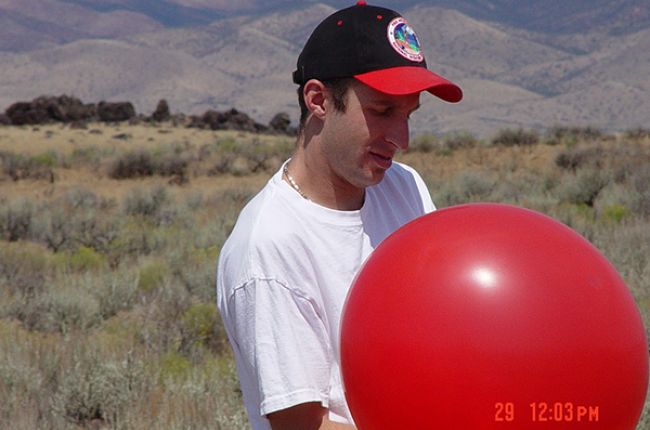
The wind blows because air pressure is higher in one place than in another place. The air moves from areas of higher pressure to areas of lower pressure. Objects like buildings, trees, and hills affect the direction of the wind near the surface. To get the best idea of the wind direction, try to stand far away from such objects. A park or a playing field is the best place to observe the wind.
Wind speed is measured with an anemometer. Most anemometers have four horizontal shafts arranged like the spokes of a wheel. The end of each shaft is cup-shaped. The wind pushes the concave side of the cup more than the convex side, so the anemometer spins in the wind. The faster the anemometer is spinning, the stronger the wind.
You do not need an anemometer to estimate the wind speed. You can use a verbal scale, called the Beaufort scale, which describes the effect of the wind on everyday things like trees.
Wind direction is measured with a wind vane. One end of the vane has a small, heavy object, and the other end has a flat object with a large area. The wind pushes the flat object more than the small, heavy objects, so the vane swings around to be parallel to the wind. You can estimate the wind direction by yourself just by using your face as a "sensor." Face into the wind, and then record the direction you are facing, relative to north.





